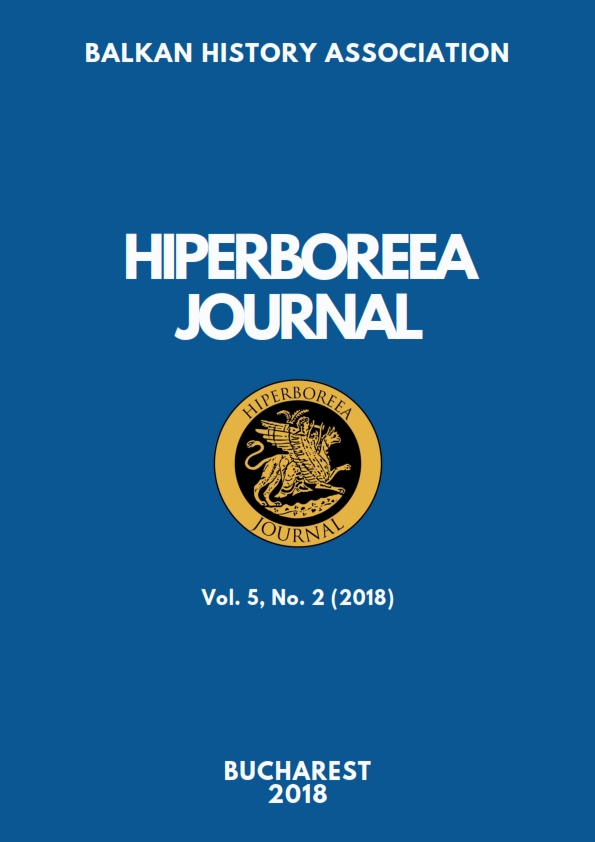
We kindly inform you that, as long as the subject affiliation of our 300.000+ articles is in progress, you might get unsufficient or no results on your third level or second level search. In this case, please broaden your search criteria.

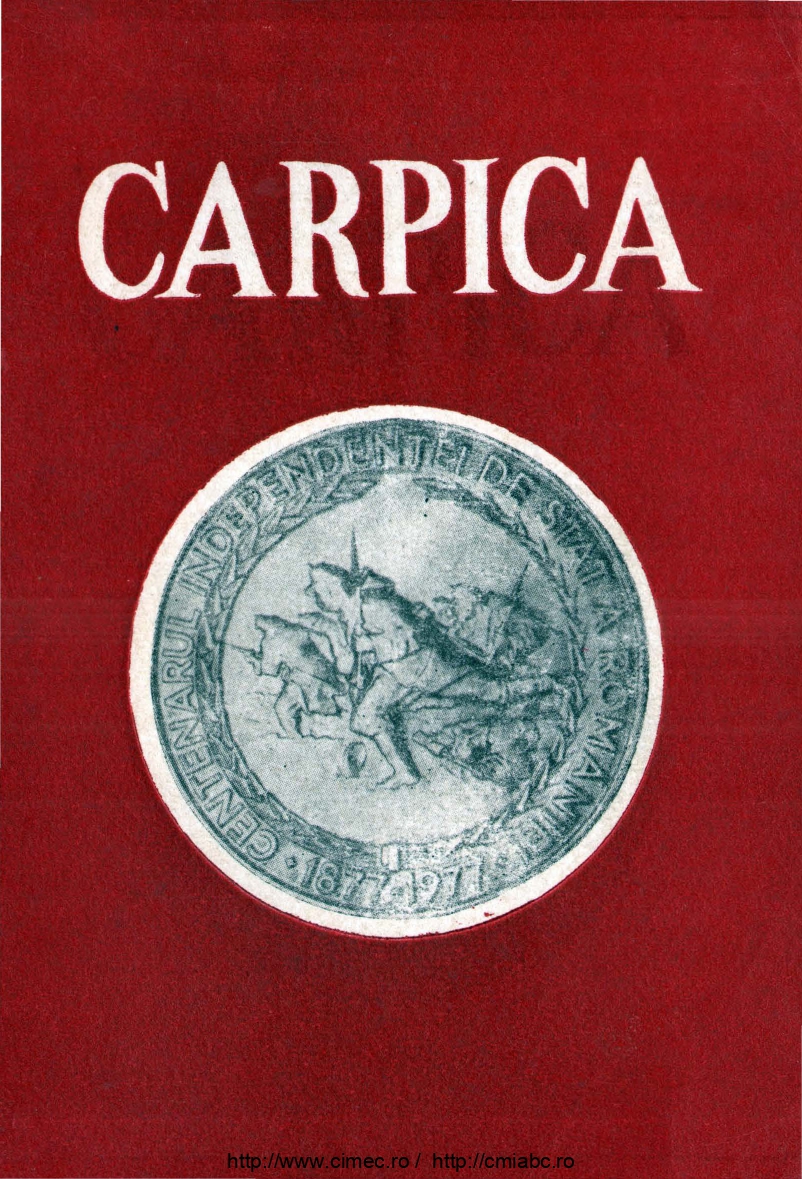
Articolul prezintă evoluția ideii de independență la români între anii 1821 - 1877.
More...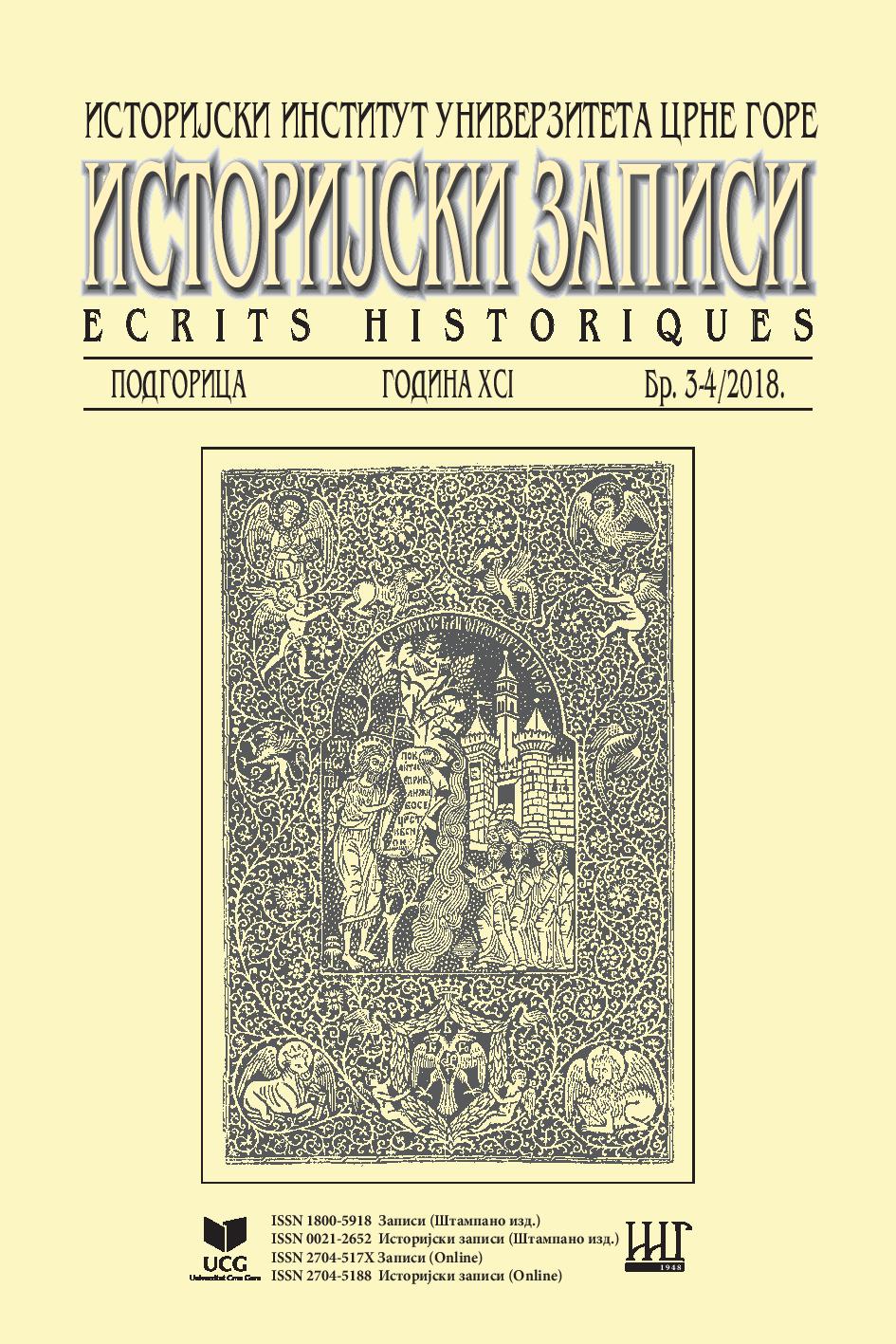
In the playground of those of our scientists who began their work in science at the end of the XIX and early XX centuries, and finish edit before or after the Second World War, Svetozar Tomić occupies a significant and high position. He was a true systematic and methodological worker in researching complex socialist and anthropogenic issues, and without his works, the history of the regions he studied could not be written. Tomić’s works have a lasting value; they have shifted our knowledge and are inevitable in wider and deeper anthropological, geographical and ethnological studies. Through the descriptions of settlements and lifestyles, Svetozar Tomić showed how much natural environment affects man and vice versa, man in the natural environment. He had an interdisciplinary approach in science,which he applied in his synthetic works. In addition, his scientific syntheses,generalizations and theories were preceded by precise tests and careful determination of the facts. Svetozar Tomić, using the method of Cvijić’s anthro-geographical school, described landscapes and folk life in the regions where tribal decorations were preserved at the time.
More...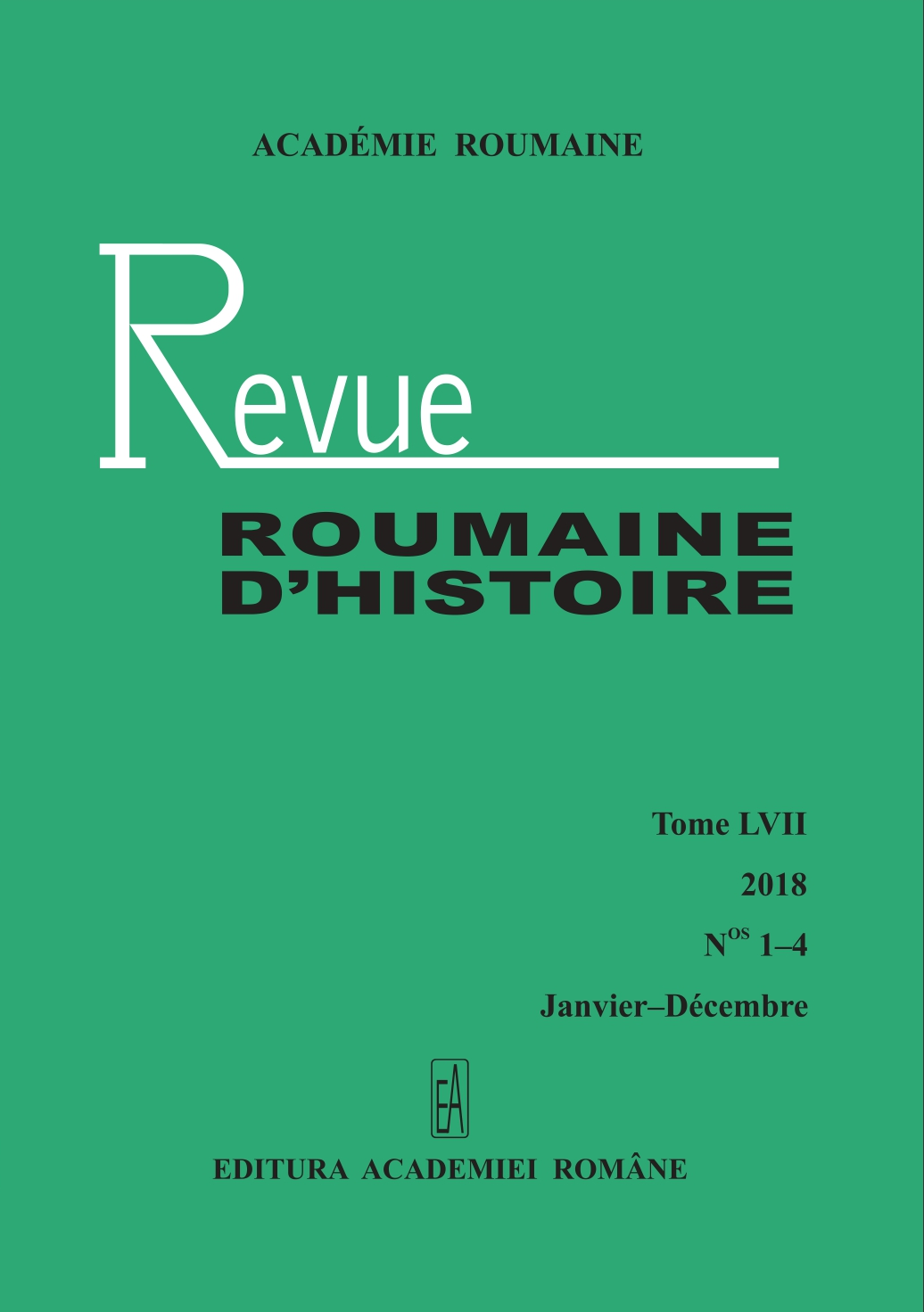
This text discusses a subject of special interest in contemporary historiography. Considerations regarding time are related to the essence of historiographical endeavors. Such considerations were often marked by eschatological propension, whose meaning is, of course, outlined briefly, with references to a certainly topical historiographical debate.
More...
The Romanian inventor Traian Vuia (1872 –1950) was a pioneer of world aeronautics. He lived in Paris since 1902, and he became well acquainted with latest scientific discoveries, especially in the fields of exact sciences (mathematics, physics, chemistry) and inventics. He was particularly interested in the characteristics of particles resulting from the disintegration of radioactive elements. In order to make known in his own country the natural radioactivity and the separation of radium by Marie Curie and Pierre Curie (Nobel Prize 1903), Traian Vuia published in the newspaper “Drapelul” (“The Flag”) from Lugoj (Banat) on 27 January / 9 February 1904 the article “Radioactivity–Scientific Commentaries”. Characteristics of the radioactive elements radium, polonium, thorium, uranium, and actinium, as well as of the γ-rays and X-rays were offered to the readers. Traian Vuia also advanced the idea of using the thermic properties of radium for the heating of the buildings and for the making of thermic engines. The medical results obtained in the therapy of the lupus erythematosus and of cancer are mentioned too. The bibliographical sources of the inventor Traian Vuia are identified as follows: Annales de Chimie et de Physique; Comptes Rendus de l’Académie des Sciences, Paris; Mem. Acad. Sci., Paris; Marie Curie’s essential work Recherches sur les Substances Radioactives (Gauthier-Villars, Paris, 1904).
More...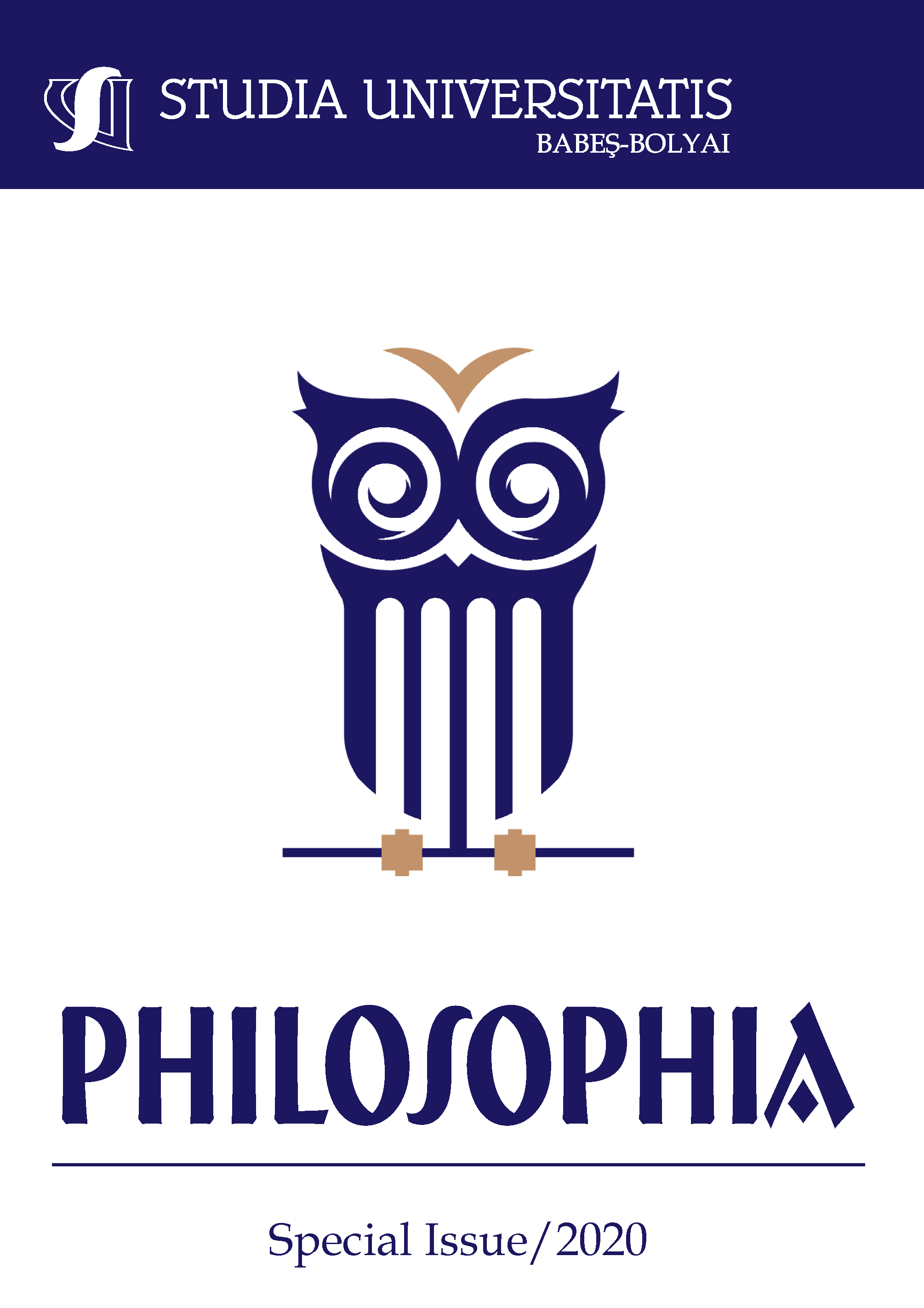
A Short Modern History of Studying Sacrobosco’s De sphaera. The treatise generally known as De sphaera offered at the beginning of the 13th century a general image of the structure of the cosmos. In this paper I’m first trying to present a triple stake with which this treaty of Johannes de Sacrobosco (c. 1195 - c. 1256). This effort is intended to draw a context upon the treaty on which I will present in the second part of this paper namely, a short modern history of studying this treaty starting from the beginning of the 20th century up to this day. The first stake consists in the well-known episode of translation of the XI-XII centuries in the Latin milieu of the Greek and Arabic treaties. The treatise De sphaera taking over, assimilating and comparing some of the new translations of the texts dedicated to astronomy. The second Consists in the fact that Sacrobosco`s work can be considered a response to a need of renewal of the curriculum dedicated to astronomy at the University of Paris. And the third consists in the novelty and the need to use the De sphaera treatise in the Parisian University’s curriculum of the 13th century.
More...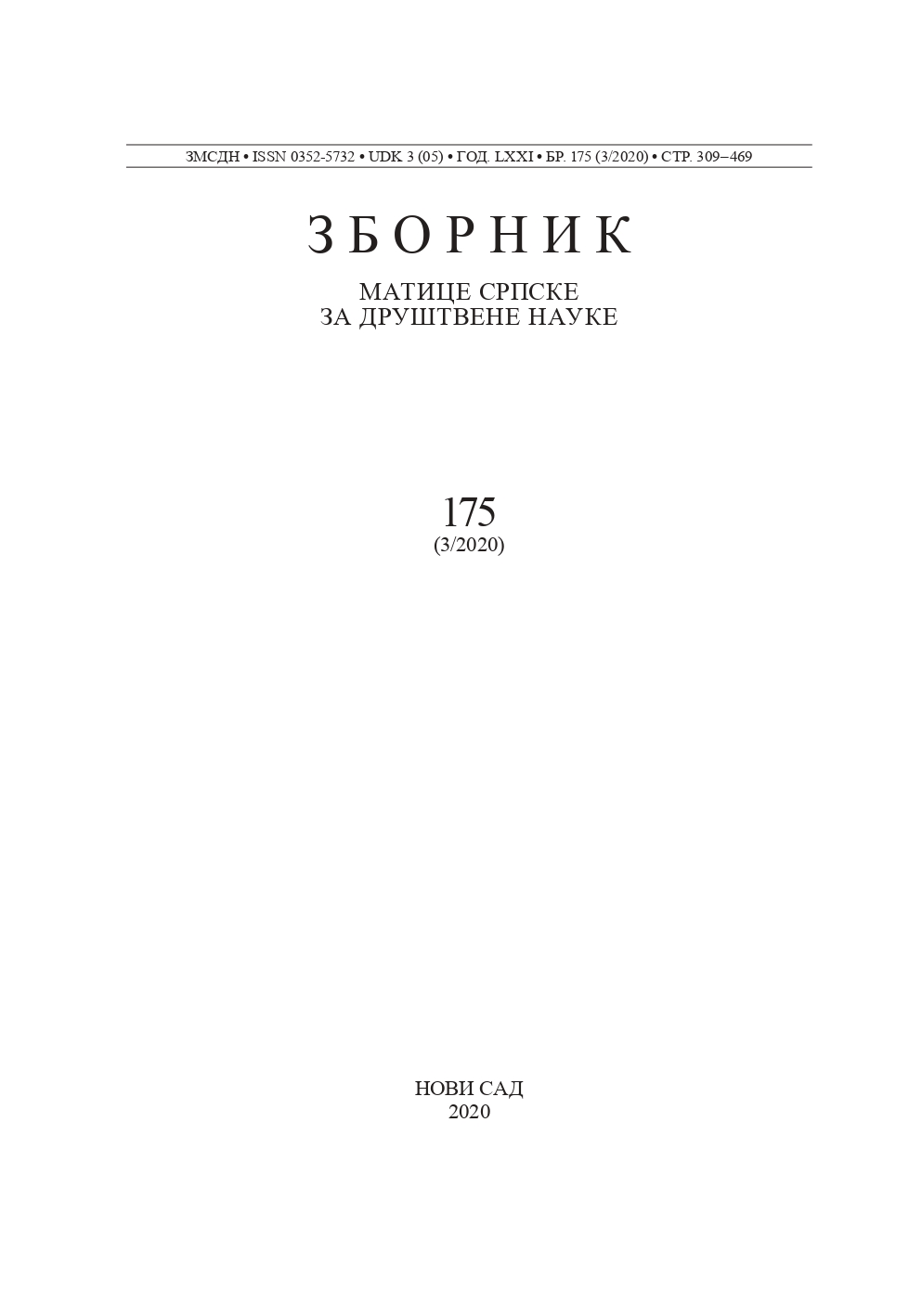
In this paper, the author analyzes the phenomenon of so-called colored revolutions. He presents them as part of a hybrid war, aimed at regime change in countries that are in conflict with Anglo-American and corporate interests. The work of Gene Sharp, Machiavelli of the nonviolent warfare, and then of the organization Resistance and its later transformation into Canvas is analyzed. Article displays the evolution of these methods, but also points to potential counter-intelligence activities that protect countries from colored revolutions and violent coups.
More...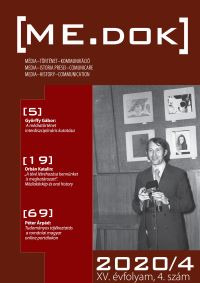
Gábor Győrffy’s book The History of the Media was published by the Presa Universitară Clujeană of Cluj-Napoca in 2019. The university note presents the history of the media from the development of literacy to the appearance of the digital media. The publication takes over clearly and concisely the issues related to the topic, it aims to be an understandable and adequateaid in media education.
More...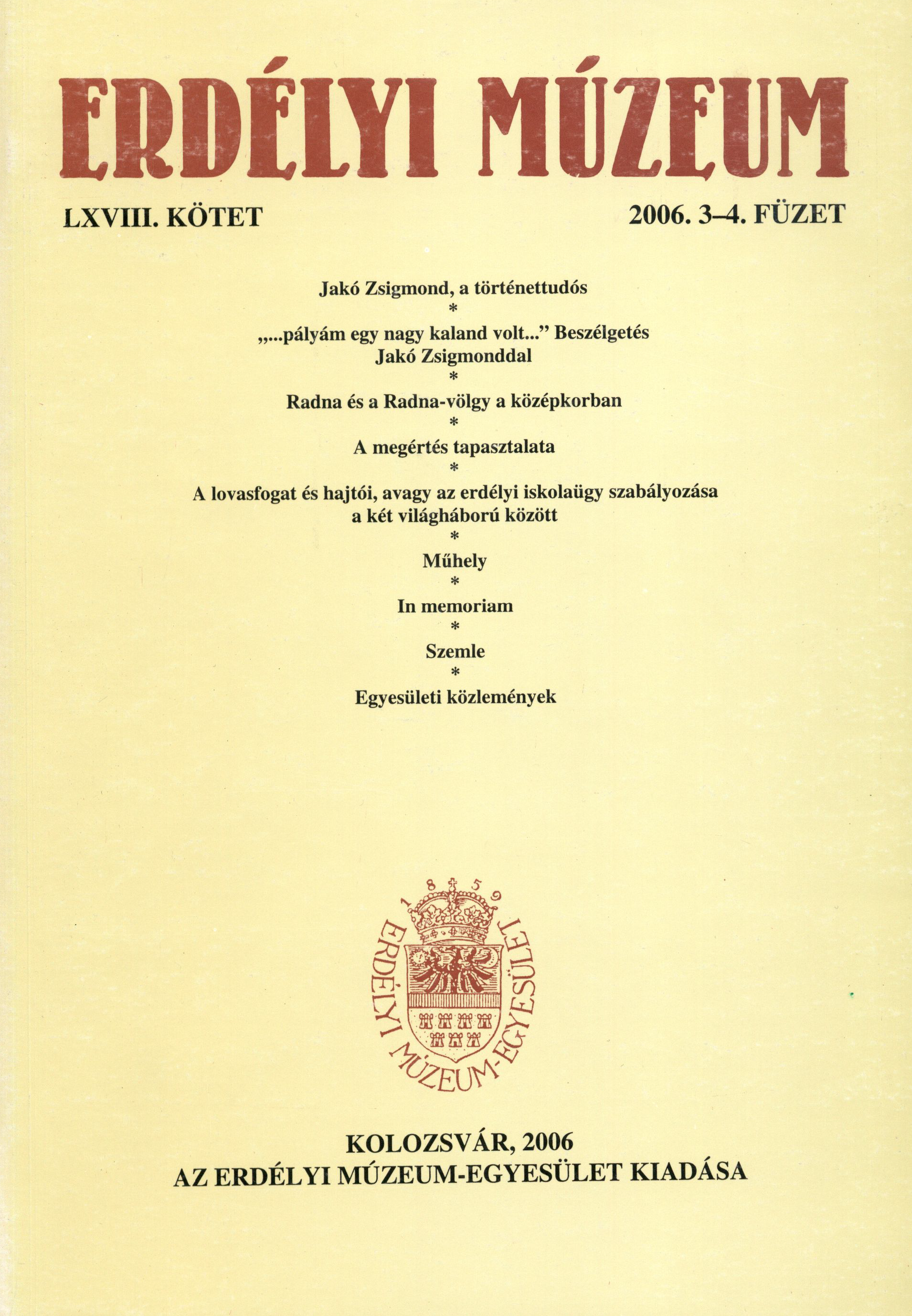
The article presents a new piece of the library of Johann Heinrich Bisterfeld, namely Francis Bacon's Sylva Sylvarum, which was found in the collection of the Teleki-Bolyai Library from Târgu Mureș.
More...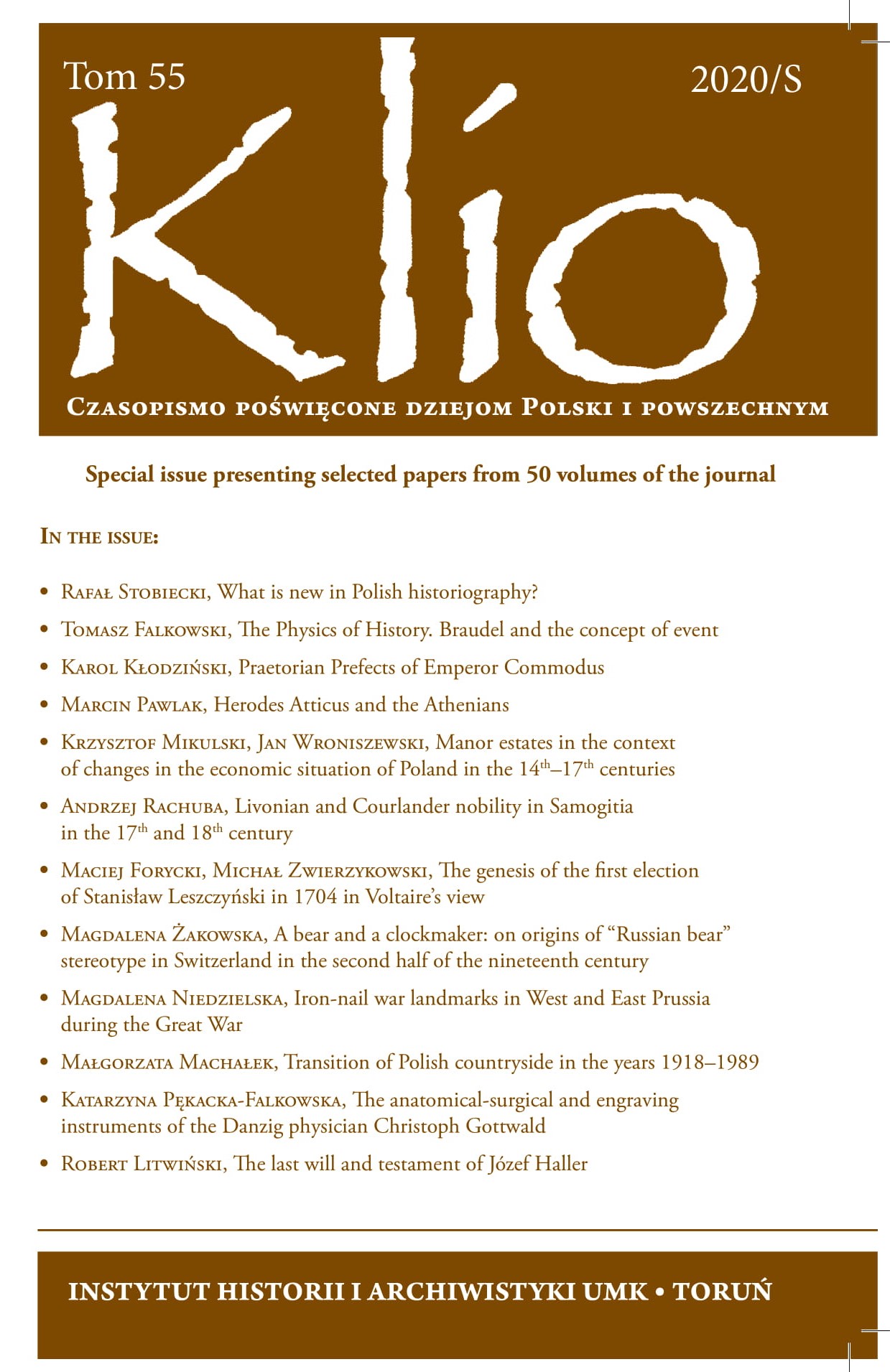
The problem of the concept of „event” in Braudel’s oeuvre is more complex than it seems to be. The author tries to analyse this question on three different levels. In the first part of the article he shows that in the schema of „traditional history”, reconstructed by Braudel, the historical event loses all its characteristic features. It becomes uniform, abstract, and functions there as a negative element of history. The second part is devoted to the position and meaning of event within a theoretical model of history which is usually called „the global history „. Against the traditional approaches to this question the author of the article claims that there is not a pure or strong opposition between structure and event. The latter starts to be structural and that’s why it becomes more concrete and specific. Moreover, the event allows for revealing long-term historic process and structures. Finally, in the third part of his article, the author presents the history arisen from Braudel’s historical analysis as a kind of evolutionary system. Owing to this fact he can coin a concept of „historic mutation”, a special form of transformation, which could characterize the role of event in the historic development.The paper was originally published as Fizyka historii. Braudel i pojęcie zdarzenia, “Klio” 2010, vol. 14 (1), pp. 3–32.
More...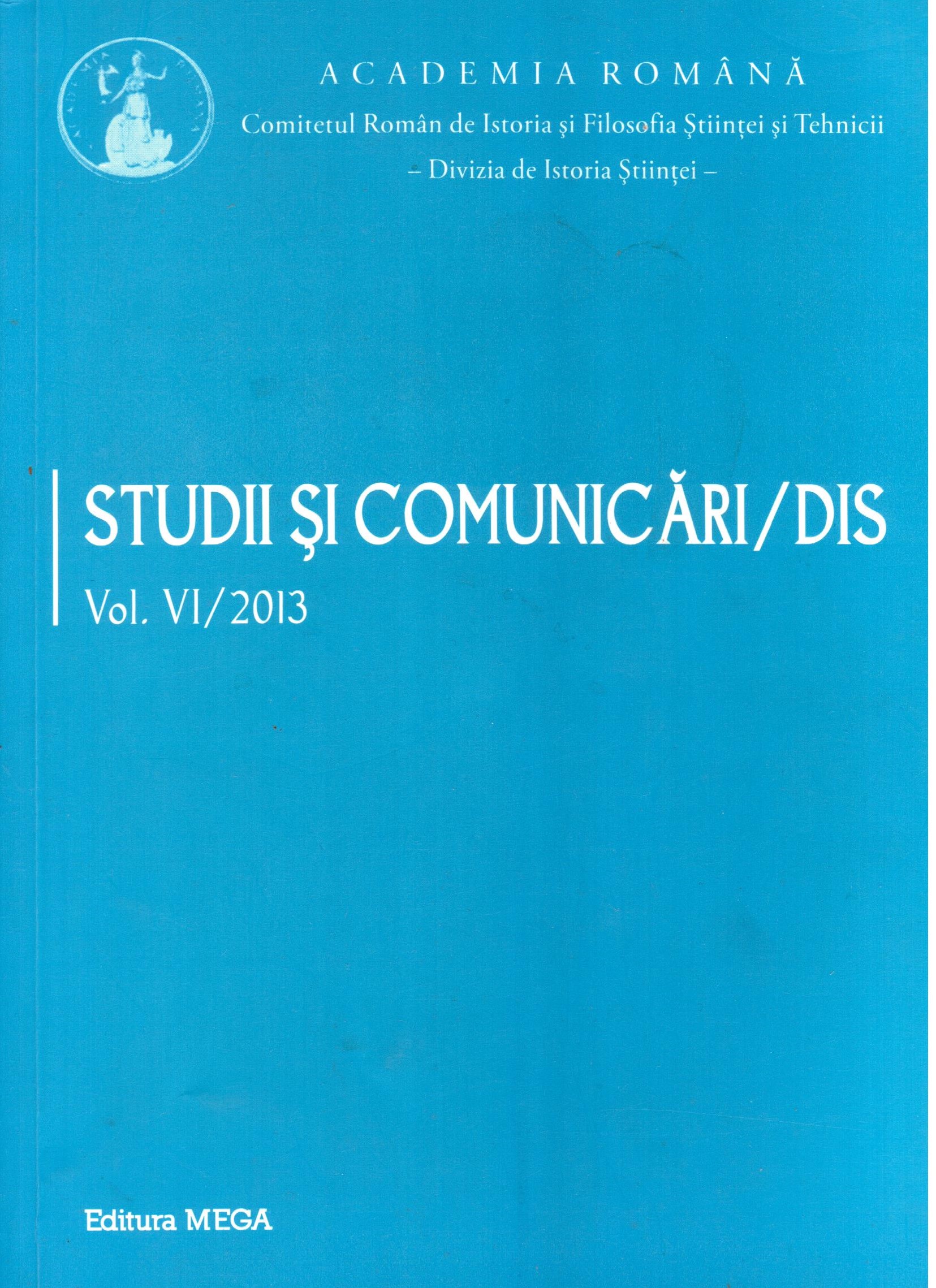
This paper makes a review of different concepts regarding the analysis of the nature and object of scientific theory, its methodology and the evolution of science. The proposed analysis refers to researchers and certain works regarded as representative, despite their conflicting ideas. Each new method of analysis reveals, however, the complex and multifaceted structure of science. Thus, we present the basic concepts in the history of science, especially those referred to in the works of the following researchers: G. Sarton, G. Bachelard, A. Koyré, Th. Kuhn, I. Locks, S. Toulmin, K. Popper, J. Hintikka.
More...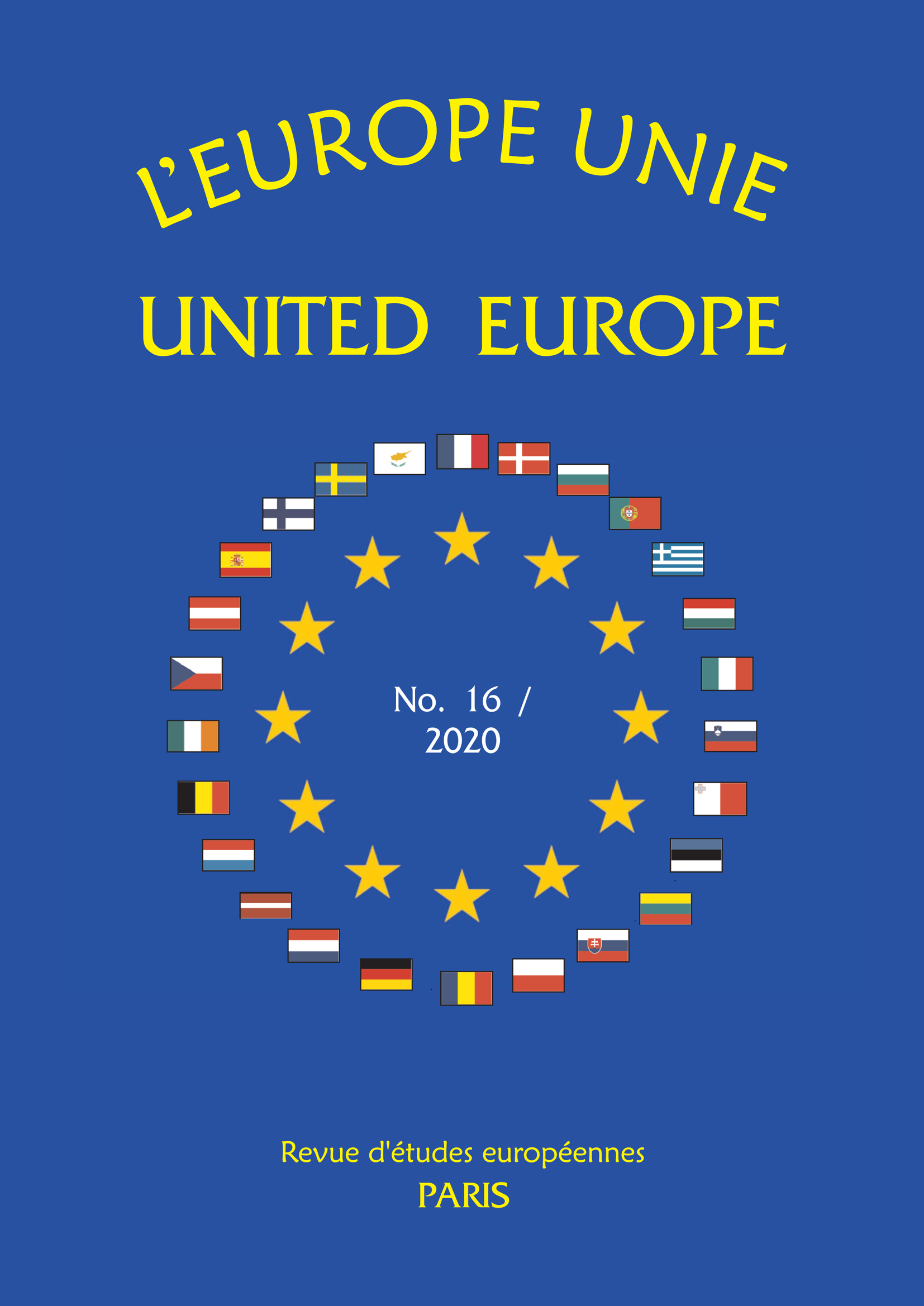
Does our history only appear overheated, while it is essentially calmly predetermined? Is it directional or conceivable, dialectic and eclectic or cyclical, and therefore cynical? Surely, our history warns (no matter if the Past is seen as a destination or resource). Does it also provide for a hope? Hence, what is in front of us: destiny or future? Theory loves to teach us that extensive debates on what kind of economic system is most conductive to human wellbeing is what consumed most of our civilizational vertical. However, our history has a different say: It seems that the manipulation of the global political economy (and usage of fear as the currency of control) – far more than the introduction of ideologies – is the dominant and arguably more durable way that human elites usually conspired to build or break civilizations, as planned projects.
More...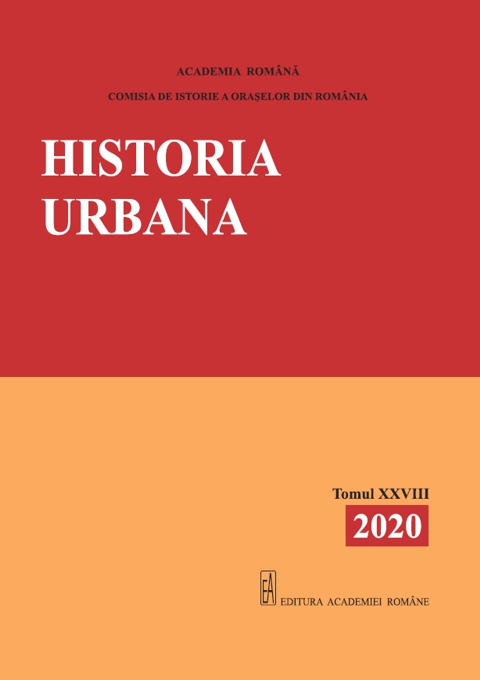
The paper presents the situation of the food supply in Sibiu given the war conditions of the years 1939–1945. The author shows that the population of Sibiu increased suddenly after the Vienna Diktat from 30 August 1940, due to which Romania was obligated to give up the northern part of Transylvania to Hungary, because the University of Cluj, with over 3 000 people, moved here. Simultaneously, many refugees came from the ceded area. On 22 June 1941 Romania went to war along with Germany and its allies against the Soviet Union. The state of war caused difficulties in supplying food to the city’s population. The paper presents the changes that took place in supply and consumption, price evolution, consumption limits, food quality, the population’s reaction to the shortcomings in supply.Another aspect presented is the situation of public consumption supply: entertainment venues (restaurants, terraces, pubs etc.), as well as the canteens for pupils and students, for military units, for civil and military hospitals, which were numerous in the city on the Cibin river during the war. The author tries to outline the specifics of the supply and consumption situation in Sibiu and to compare it to the state of affairs of those years in other urban centers throughout the country and even from cities in Germany, the great power that dominated Europe in those years.The author concludes that the supply of Sibiu in the years 1939–1945 was seriously disturbed during the war years, although there were no battles in the city. Authorities did not find solutions for the satisfactory supply and equitable distribution of food, the lives of the people of Sibiu being thus much harder than those of the inhabitants of other less industrialized urban centers.
More...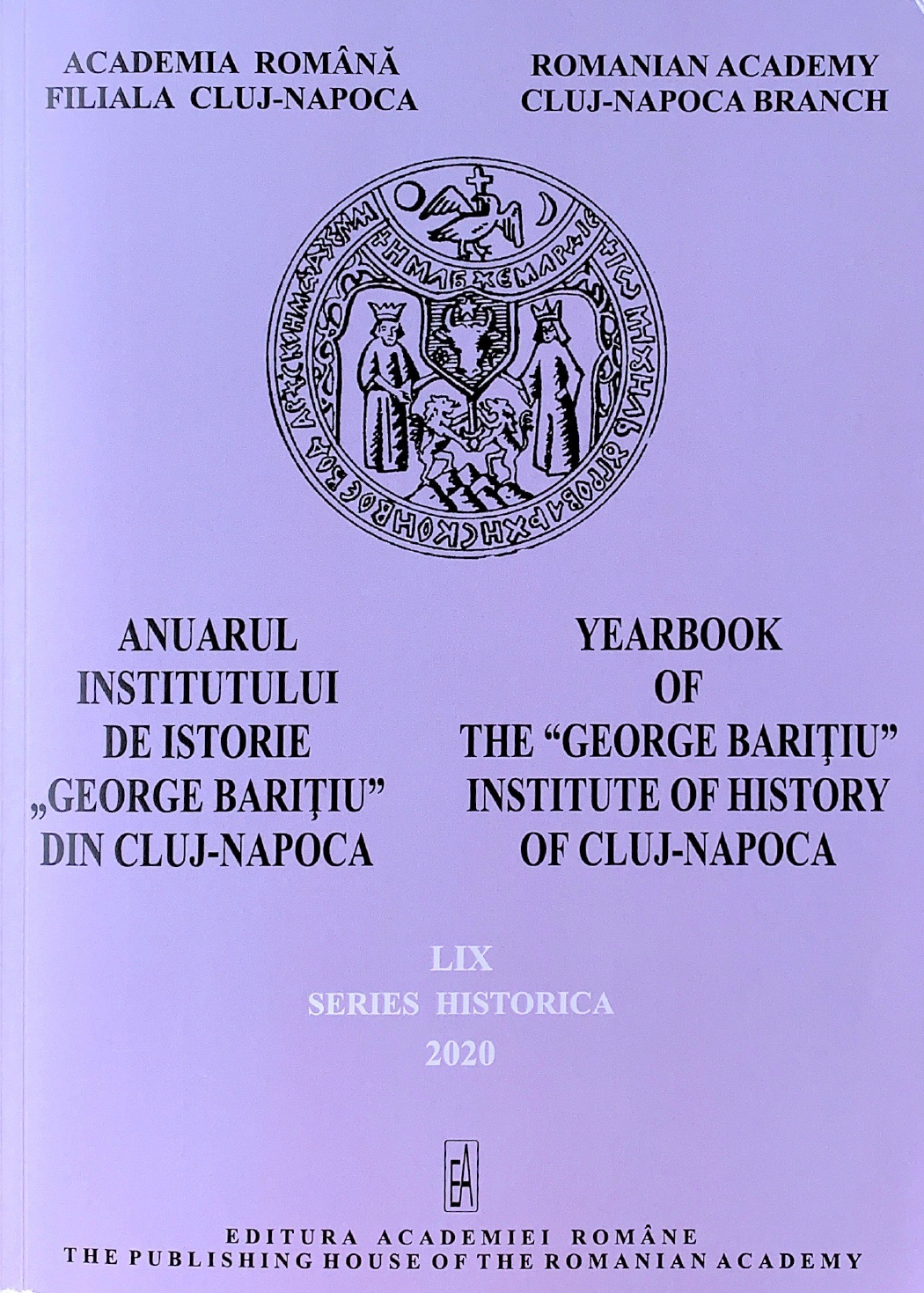
An overview of the Hungarian translations of German literature in Romania may not only carry significance as a literary historic curiosity, but general characteristics of heterogeneous regional literary contexts may be discovered by means of this analysis. On the one hand Hungarian translations of German literature in Romania and the history of their development shed light on the transmitting role of Hungarian literature in Romania between German literature in Romania and Hungarian literature, on the other hand the history of translations shows that translation in fact is a prominent practice of cultural transfer. An examination of the history of translations highlights that such heterogeneous translation culture is a principal characteristic of the diverse identity of the region and a transcultural approach may draw attention to the resemblances and interinfluences of literary phenomena in various languages.
More...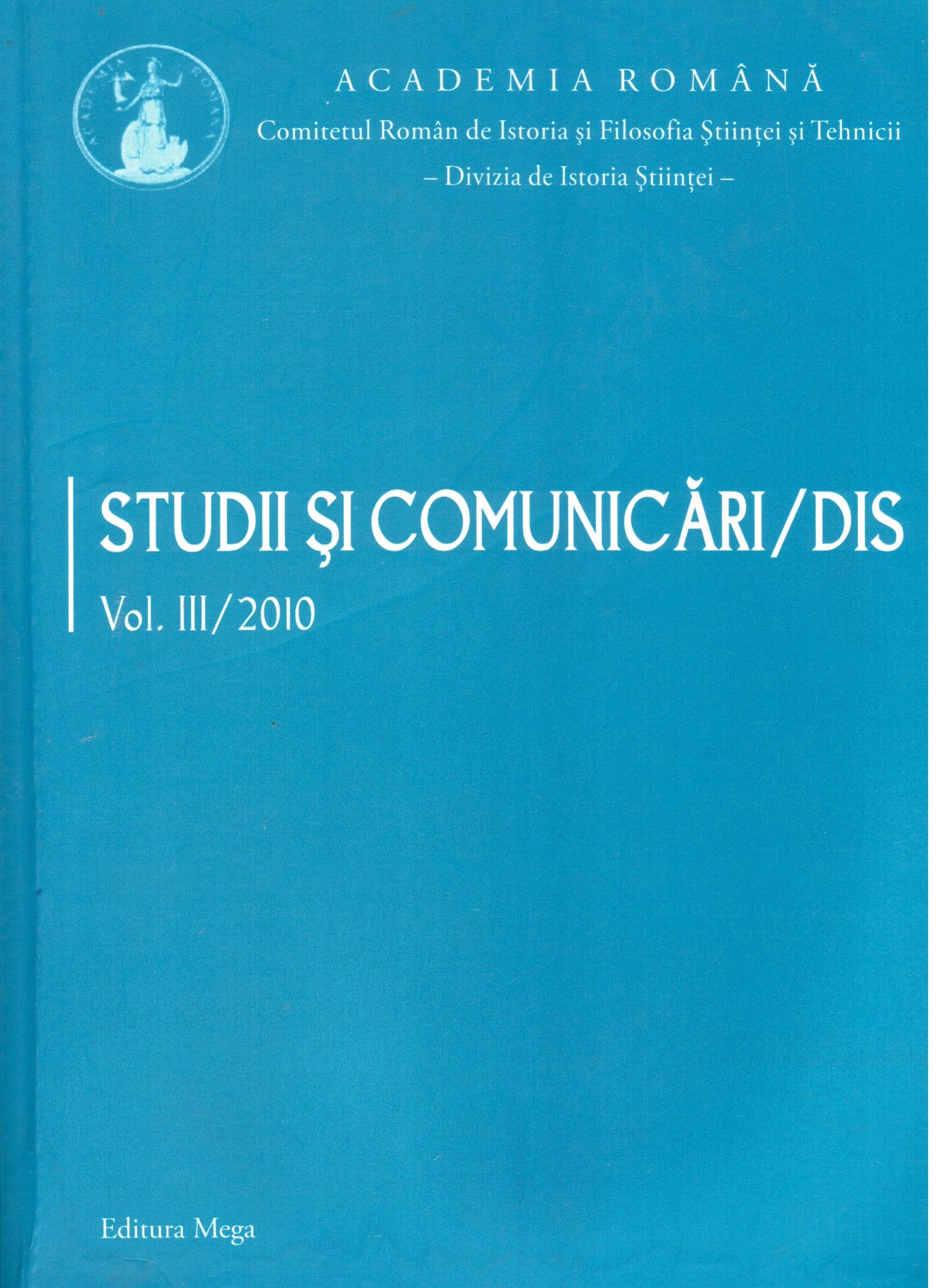
The present dissertation, homage brought to the well-known oceanographer Jacques-Yves Cousteau, offers a short trip on the steps of mythology and marine fauna of the countries neighbouring the Mediterranian, focusing on Greece, the Ancient Rome and their colonies.
More...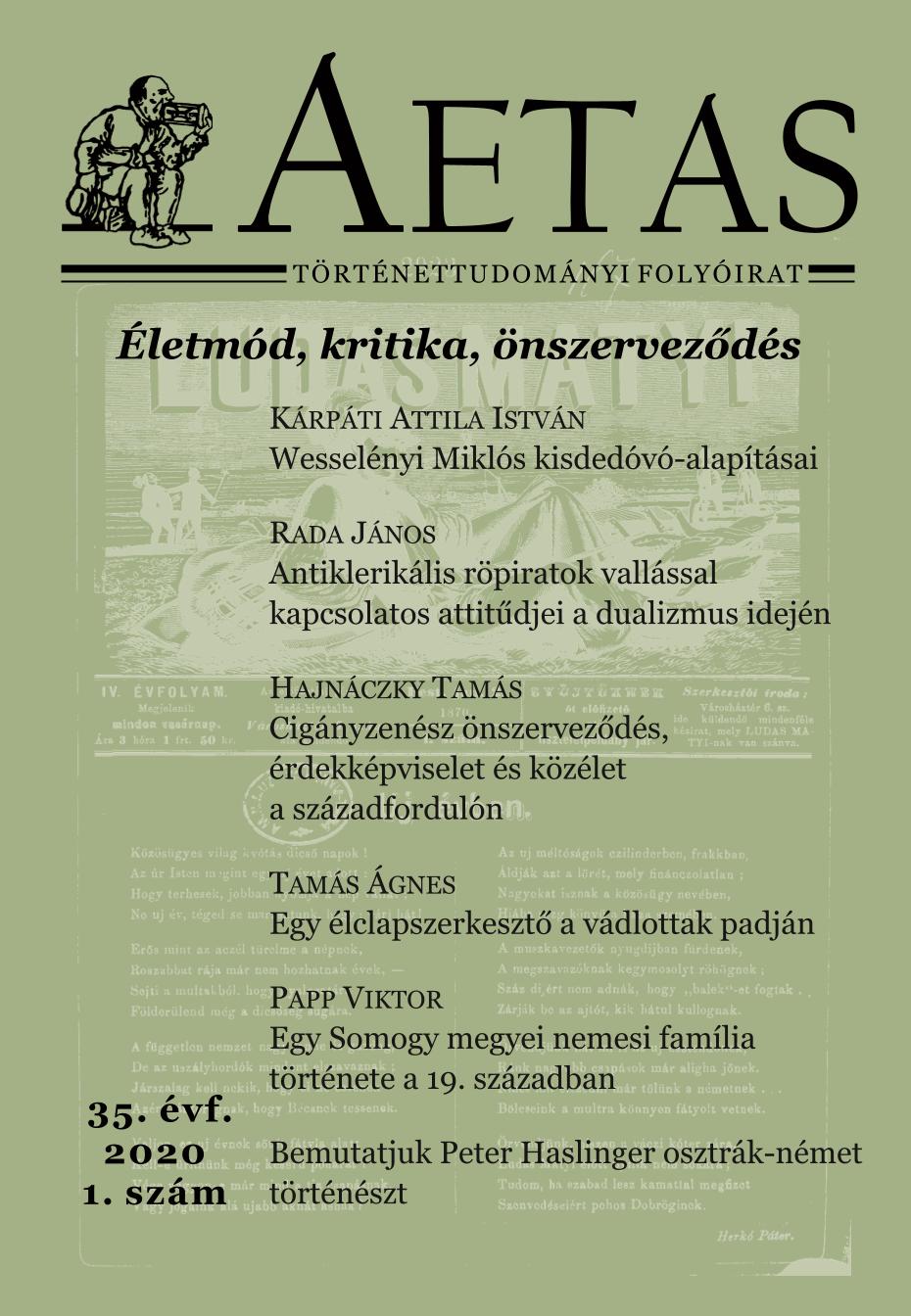
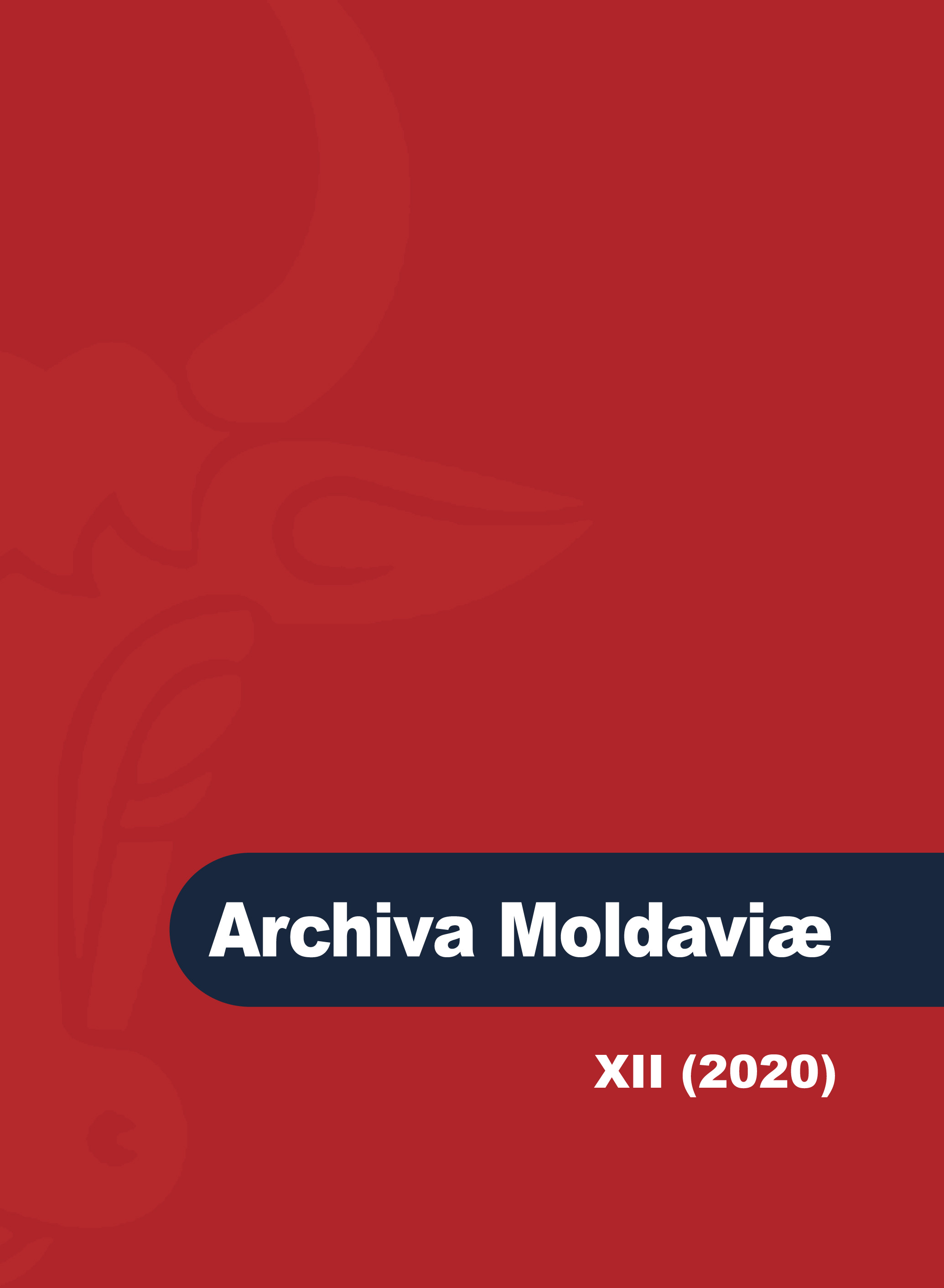
Shortly after his passing, I have written elsewhere, for a wider educated Romanian audience, a few pages on Keith Hitchins, placing him, however incompletely, in several defining contexts. I briefly return now to that framework and to those glimpses into Keith’s life and work, in order to add a few elements for a critical history of historical studies on Romania and for a future comprehensive assessment of Keith’s lifetime achieve-ment and legacy. Between my two modest contributions, and in a similar vein, the first important steps towards that assessment have been taken by Paul E. Michelson in his substantial essay, Keith Hitchins (1931-2020): Trailblazer, Ambassador, and Elder Statesman of Romanian Studies.
More...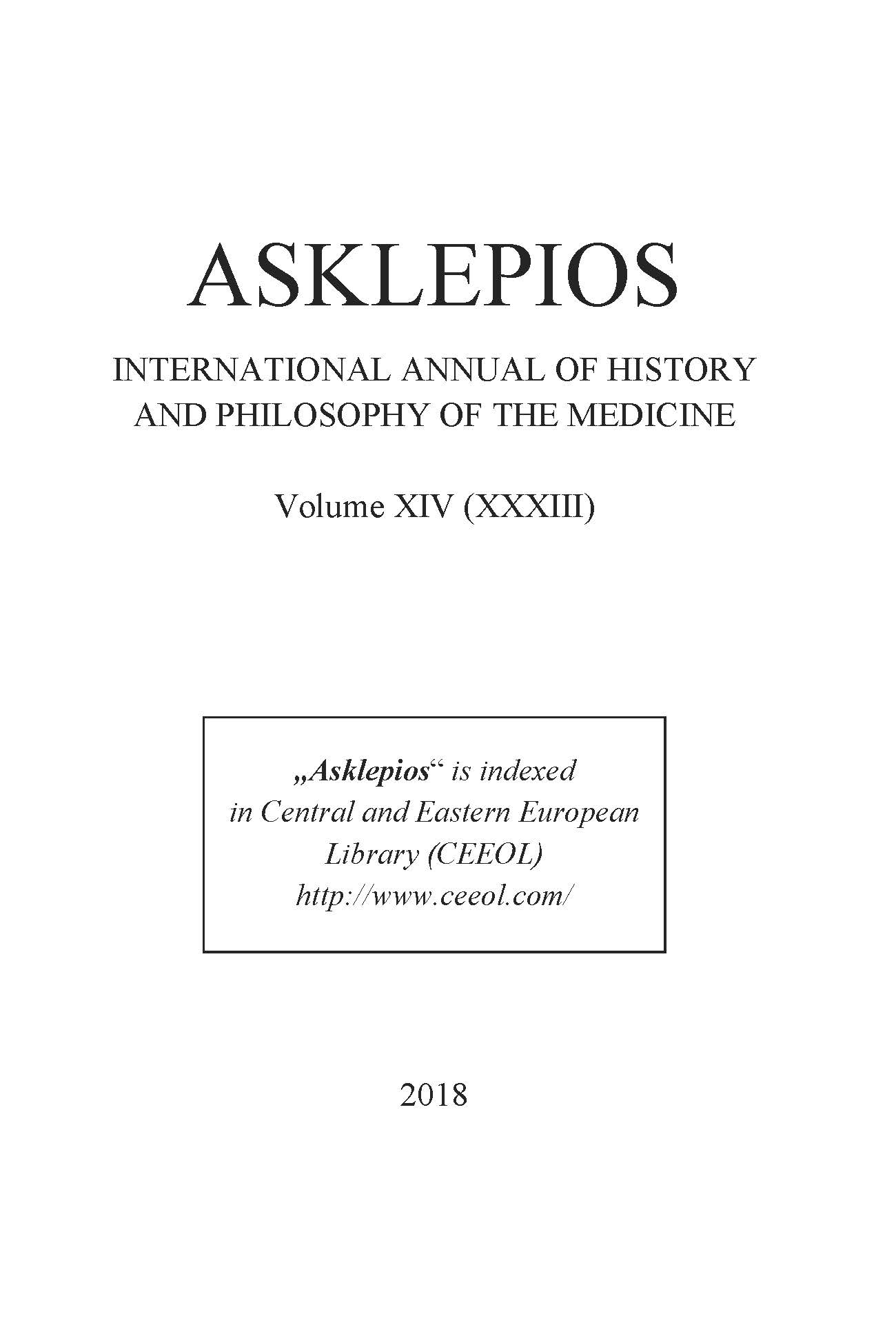
Today, the intracapsular fracture of the femoral neck is still defined as an injury, associated with uncertain prognosis and an unacceptably high rate of complications following internal fixation surgery; however, 100 years ago, this fracture was defined as a devastating condition. Nowadays, more than a century after the first attempts of internal fixation and 70 years after the introduction of the first hip endoprosthesis, debate still continues about which is the optimum approach in treatment of this fracture. The present study follows the multidirectional views and tendencies in the history of the femoral neck fracture treatment back in the past 200 years.
More...
The osteosynthesis of the fractures of the femoral neck have been associated with high complication rates during the long history of the treatment of this devastating injury. This review is dedicated to the history of the internal fixation of the fractures of the femoral neck during the 1970-s and 1980-s. The massive and bulky fixed-angle implants used until that time have been gradually abandoned and replaced for the multiple-screw fixation. The cannulated screws, introduced during the 1980-s, have shown supreme clinical results compared to that of the fixed-angle implants and became the fore-runner of the used today methods of screw fixation.
More...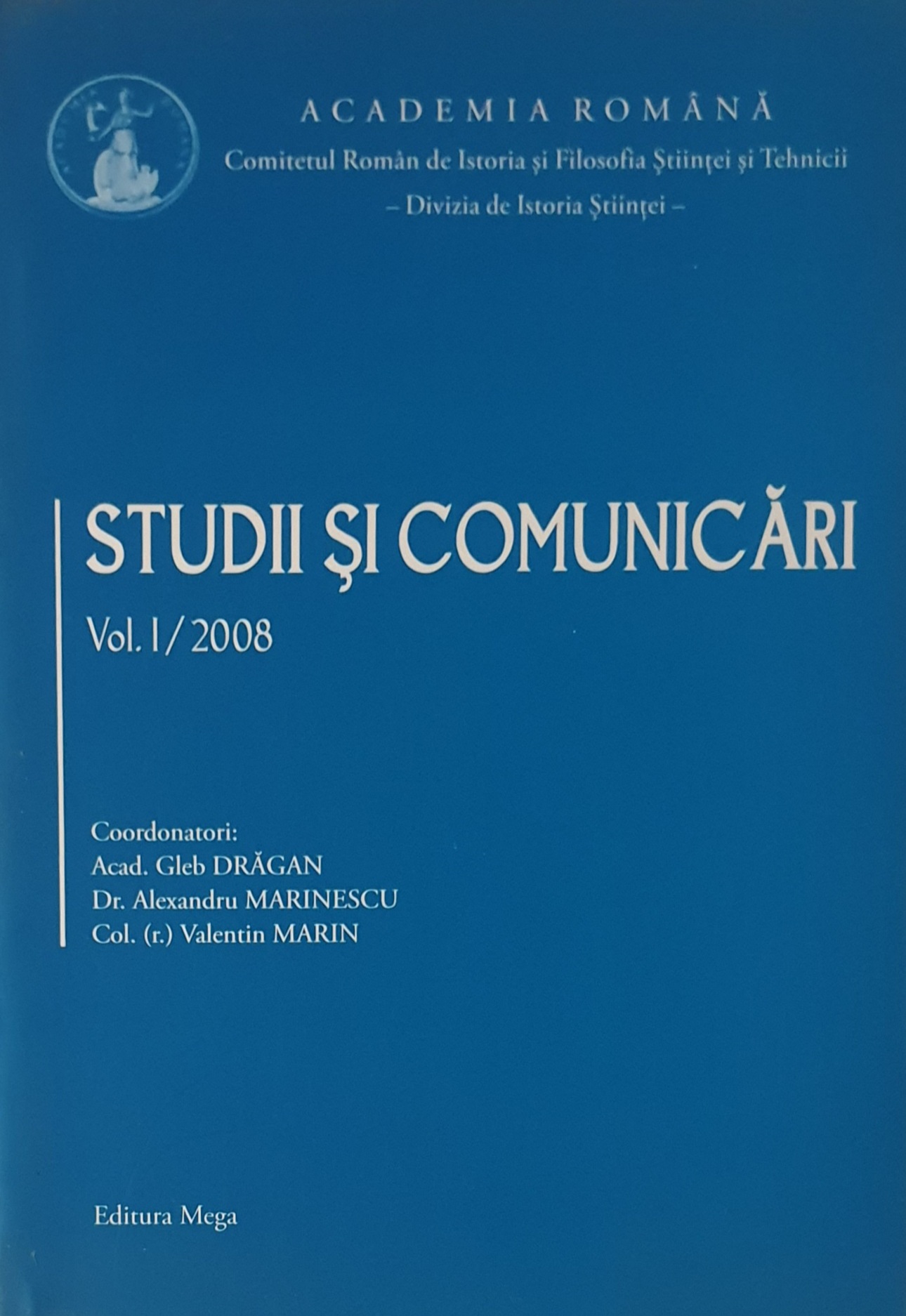
The history of science can be viewed from two angles. On the one hand, the history of science refers only to outlining the evolution of knowledge in various domains from the beginnings until the present. On the other hand, the history of science consists in the analysis of the nature and objectives of scientific theories, research methodologies and of the criteria determining the evolution of science. As a science, history is distinct from the history of science. The logic of history is represented by the logic of what is universally correct. It refers to knowledge only as regards its domain of study.
More...